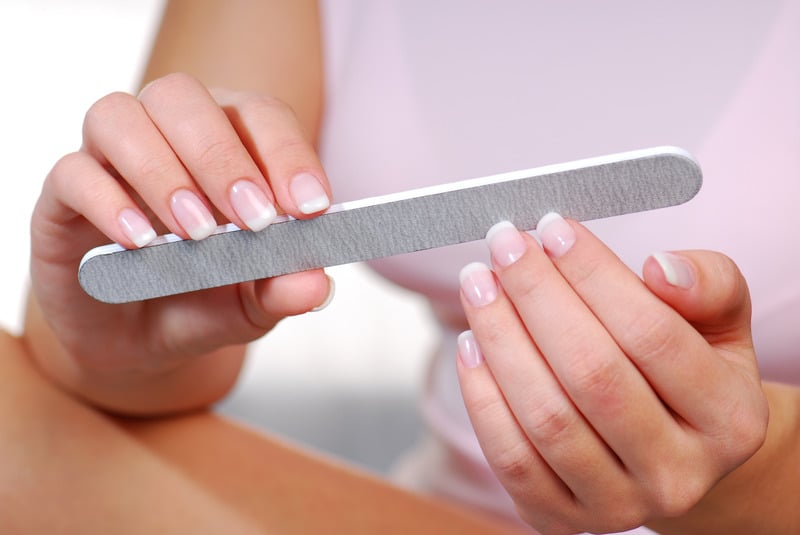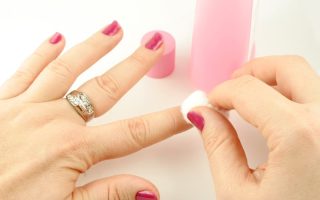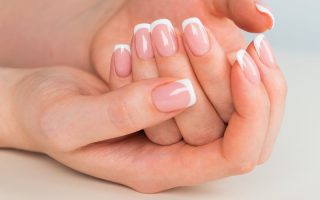Maintaining well-groomed nails is important for both appearance and nail health. The right tools, like nail files and buffers, can make a big difference in achieving smooth, well-shaped nails. This guide will help you choose the best nail files and buffers, providing tips on how to use them effectively while keeping your nails healthy.
Why Nail Files and Buffers Matter
Nail files and buffers are essential tools in any nail care routine. They help shape the nails, smooth out rough edges, and add a natural shine. Using the right tools and techniques can prevent nail damage and promote healthy nail growth.
Types of Nail Files
Emery Boards
Emery boards are the most common type of nail file. They are made of cardboard and coated with tiny abrasive particles. They are affordable and easy to use, making them a popular choice for at-home manicures.
Glass Files
Glass files, also known as crystal files, are made of tempered glass. They are more durable than emery boards and provide a smoother finish. Glass files are gentle on the nails and can be washed and reused, making them a more eco-friendly option.
Metal Files
Metal files are very durable and can last a long time. However, they can be harsh on the nails if not used properly. It’s important to use a light touch to avoid damaging the nail surface.
Ceramic Files
Ceramic files are similar to glass files in terms of gentleness and durability. They are made of a ceramic material that provides a smooth filing experience and can also be washed and reused.
Electric Files
Electric files are professional-grade tools that are often used in salons. They come with different attachments for filing, shaping, and buffing. While they can be very effective, they require a certain level of skill to use correctly.
Choosing the Right Nail File
Consider the Grit
The grit of a nail file refers to the coarseness of its surface. Files with a higher grit number are finer and less abrasive, making them suitable for smoothing and finishing. Lower grit files are coarser and better for shaping and reducing length.
- 180-240 Grit: Suitable for natural nails, providing a balance between shaping and smoothing.
- 100-180 Grit: Best for artificial nails, as they are more abrasive and can handle tougher surfaces.
Britney Boyce, a nail artist, suggests using a file with a narrower grit for a more precise shape (Vogue).
One-Direction Filing
Dr. Sonia Batra, a dermatologist, advises filing in one direction to prevent weakening the nails and tearing (Well+Good). This technique reduces the risk of creating splits or rough edges.
Antibacterial Coating
Look for files that are antibacterial or have a protective coating to prevent the spread of germs. Jessica Washick, a nail expert, recommends these types of files for maintaining hygiene (Byrdie).
Types of Buffers
Four-Way Buffers
Four-way buffers have four different sides, each with a different grit for various stages of buffing. They typically include steps for filing, smoothing, buffing, and shining. These all-in-one tools are convenient for achieving a polished look.
Buffer Blocks
Buffer blocks are rectangular blocks with different grits on each side. They are easy to hold and use, making them a popular choice for both professionals and at-home users.
Buffer Files
Buffer files are similar to traditional nail files but are designed specifically for buffing. They usually have a softer surface to gently smooth and shine the nails.
Electric Buffers
Electric buffers are motorized tools that provide a quick and efficient way to buff and shine nails. They often come with various attachments for different stages of buffing.
Proper Use of Buffers
Buff Sparingly
Buffing too often can thin the nails, so do it only when necessary. Jin Soon Choi, a nail salon owner, emphasizes the importance of buffing only when needed to avoid weakening the nails (The Strategist).
Step-by-Step Buffing
- Clean the Nails: Start with clean, dry nails.
- Use the Coarsest Side: Begin with the coarsest side of the buffer to smooth out ridges.
- Medium Grit: Use the medium grit to further smooth the surface.
- Fine Grit: Use the fine grit to buff the nails to a shine.
- Shine: Finish with the polishing side for a natural, glossy finish.
Insights and Recommendations
Personal Experience
From my experience, using a glass file for shaping and a four-way buffer for finishing has provided the best results. I found that glass files are gentle on my nails and leave them with a smooth edge, while the four-way buffer helps me achieve a salon-quality shine at home.
A friend of mine, who regularly uses nail polish, swears by ceramic files for their durability and smooth finish. She also uses an electric buffer to save time and achieve a consistent shine on her nails.
Statistics on Nail Care Tools
A study published in the Journal of Cosmetic Dermatology compared the abrasiveness of different nail files and buffers on natural nails. The study found that glass and ceramic files are less abrasive and more suitable for maintaining nail health compared to metal files. Another study published in the British Journal of Dermatology by the University of Manchester examined nail care practices and found that regular filing and buffing can prevent nail abnormalities and promote healthier nails.
Conclusion
Choosing the right nail files and buffers is essential for maintaining healthy and well-groomed nails. Consider the type of file and its grit, and opt for tools that are gentle on your nails. Buff sparingly and follow a proper buffing routine to avoid thinning your nails. By using the best tools and techniques, you can keep your nails looking their best while maintaining their health and strength.



